Interior design is a fine piece of art. When we think about the same, things like creativity and uniqueness strike our minds. The fundamental building blocks of any composition are made up of certain elements and principles of design, these elements and principles are followed by professional interior designers. These 7 Elements of Interior Design include light, space, line, color, texture, form, and pattern. Combining all these elements in a balanced proportion results in creating the interior of your dream.
Before learning about these elements deeply, let us first understand the definition of Interior Design?
“Interior design is the process of shaping the experience of interior space, through the manipulation of spatial volume as well as surface treatment. The interior design draws on aspects of environmental psychology, architecture, and product design in addition to traditional decor.”
Now, we have a proper idea about Interior Design. Let us discuss the basic 7 Elements of interior design, one by one, and try to understand the creativity and science behind it.
Space
Space is the most important element amongst other elements. As no plan or design would work if one does not have the appropriate space required. In Interior design, we have the opportunity to work in three-dimensional space which is length, breadth, and height. This three-dimensional space can be fulfilled or left empty. Depending upon the need of the customer to achieve from a design perspective.
In interior design, space can be categorized into two types:
Positive Space- The space which is filled with objects or appliances like sofa, dining table, the flower pot is known as positive space.
Negative Space- The empty space which gives a room lofty and open feel is known as negative space.
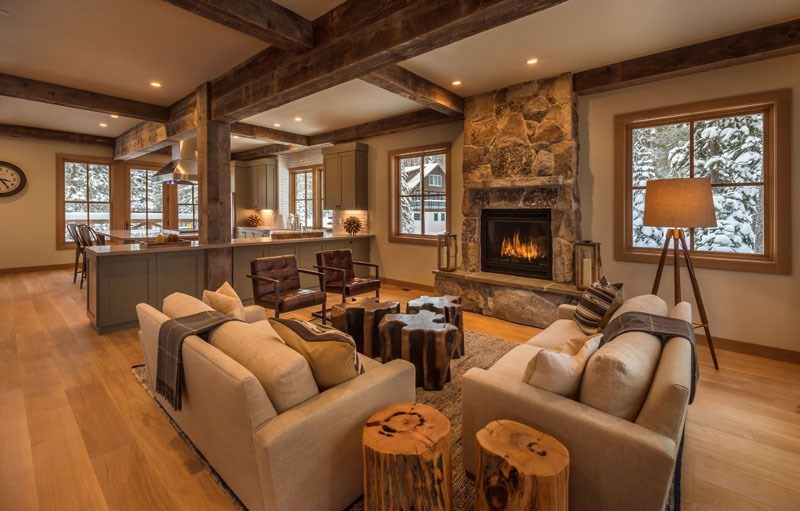
One should know exactly what is to be done to use these spaces in an effective manner. We need to achieve a perfect balance between the positive and the negative space so that the desired place should not look overcrowded and vacant at the same time. This balance will be influenced by the consumer’s requirements. The shape and size of the furniture and objects used in the area will be responsible to make space appear larger or smaller. Certain other things are also to be kept in mind for example the height of the ceiling from the floor, type of light used to highlight a particular corner.
The challenge lies in achieving an appropriate balance between these two forms of space and it’s uniquely based on the area where the plan is to be executed.
Light | 7 Elements of Interior Design
The most obvious element of interior design is light. Without light either natural or artificial, there is no sign of other elements. Light plays a very important role in various aspects, for example, natural light represents warmth and happiness, while artificial lighting makes a room feel cool and still.
To understand this philosophy of light one need to know about the types of lighting and how they can contribute to interior design.
Natural Lighting
Natural light sources like sunlight help in spreading positivity all over the room. It is even used to highlight any showpiece or enhance the colours used in the room. The interior designer can position the windows and doors perfectly to allow the right amount of natural light to cascade upon any interior space.
Artificial Lighting
Artificial light in interior design is used when natural light is not sufficient to highlight a particular area of the room or set the mood according to the customer’s requirements. It is further divided into three types:
- Ambient Lighting – The main purpose of ambient lighting is to increase the overall visibility of the entire space rather than just highlighting a particular thing or area.
- Task Lighting – It is generally used for a well-defined purpose. It includes light sources like table or bed lamps, these lights are mostly applicable for a special task.
- Accent Lighting – It is specially used to highlight a particular object like artwork, structures, and so on.
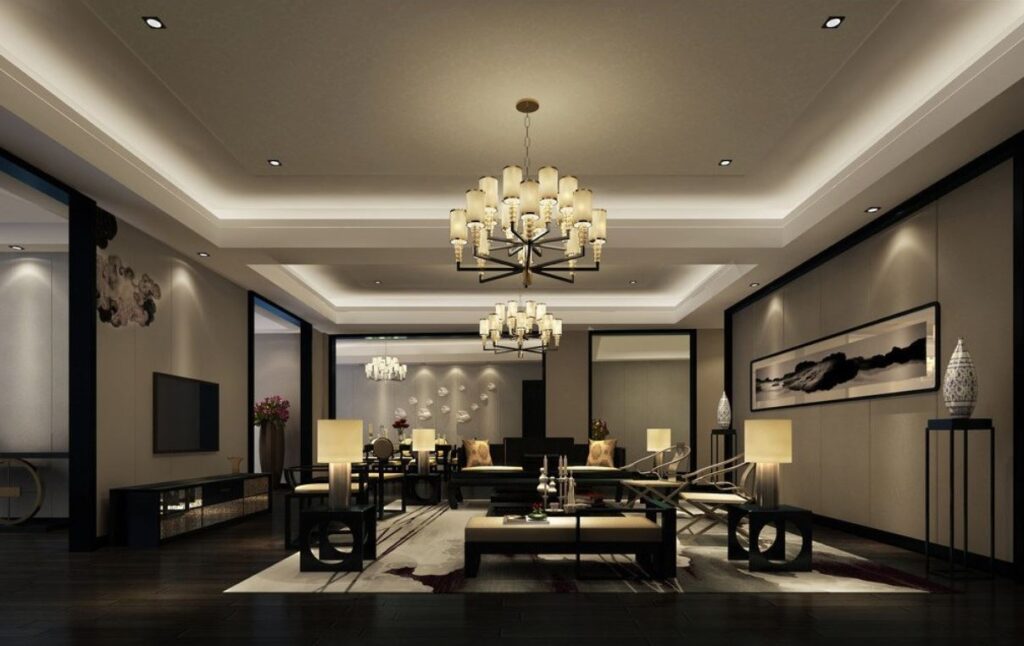
Colour
The base of any interior design depends upon the colours that are being used in the respective area. Colours set the connection with each and every object that is placed in the room. Colours in interior design connotate certain messages and moods, as our brains have been wired to perceive them in certain ways.
The psychology behind colour should not be underestimated as it can evoke memories and stir emotions, stimulating a physical and psychological response in our bodies. For example, red is the best choice for the dining room and green for the bedroom as it is the color of health.
Certain points which are need to be kept in mind while selecting a colour:
- Bright colours are to be used for the small rooms. This is because it creates an illusion of size makes it look large.
- Keep in mind the availability of both sources of lighting used in the room, for example- artificial lighting or natural lighting.
- Type of activities which are to be done in that particular area.
Lines | 7 Elements of Interior Design
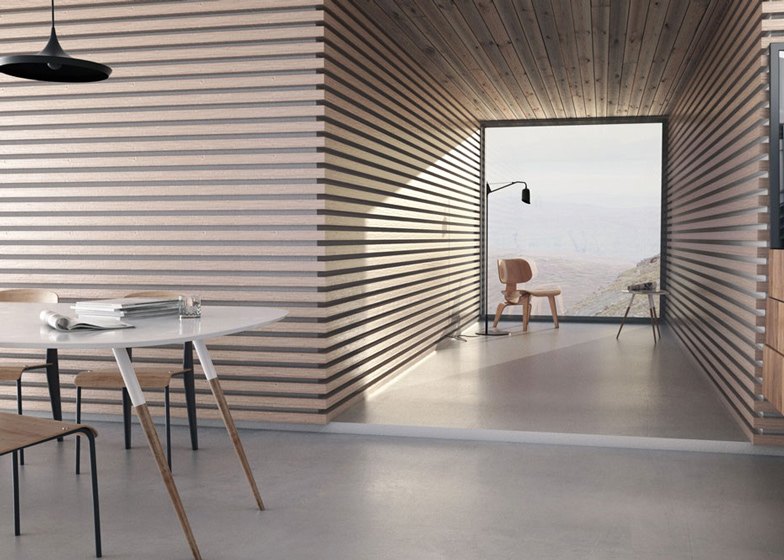
Lines act as a virtual guide in interior design. These lines help to shape a room and even helps in establishing a sense of harmony, contrast and unity in a living space. These lines could be vertical, horizontal or dynamic, let us talk about them one by one and try to understand the psychology behind this.
- Vertical Lines – These lines evoke feelings of freedom and strength. They are formed by the features in the house such as windows. These vertical lines create an illusion which results in making the room look taller than earlier. Often to use in the dining area, offices, and entries as well.
- Horizontal Lines – Horizontal lines give a sense of stability and efficiency. These lines help to make a room appear wider and longer. But remember excessive use of horizontal lines results in boring and uninspired space.
- Dynamic Lines – These lines represent zigzag, diagonal, or curved lines. Dynamic lines are capable of capturing the attention of the viewer for a longer period of time. One can use these lines in various parts of space such as stairs or even at the railing.
Form
The form is the shape of the room or any object placed in the room. In easy language, it relates to the physical form of anything that is three-dimensional. These forms can either be geometric or natural. They can also be open or closed. One can mix and match forms to achieve any desired feel, whether that be modern, earthy, or whatever one may like.
There are two type of forms followed in this one is Geometric and the another one is Natural.
- Geometric Form – Also known as “man-made form”. This form refers to the square edges and hard lines that form the outline of the room. These are the result of man-made construction and as such the outlines and the lines are formed by the structure itself.
- Natural From – Also known as “organic form”. The natural form is created and made by nature itself. A good interior designer makes use of these natural forms meticulously for a foolproof and good interior design.
Texture | 7 Elements of Interior Design
Texture mainly deals with the touch and feel of a typical surface. The way it feels when you move your hands over the surface defines the quality of work done by the interior designer. The depth of your interior design is defined by the smooth, glossy textures in every small thing of the room. Be it the curtains, furniture, paint on the wall, These may be small things but creates a greater impact.
Texture is categorized into two:
- Actual Texture: Also known as tactile textures. These textures can be physically touched and feel by hands. They can be seen in three-dimensional space. Actual textures are easy to create as it involves the use of physical material.
- Visual Texture: As the name suggests, it is more about creating a visual illusion in the three-dimensional space. There are many techniques that make walls and other interior designs look like they are textured but in reality, it is not.
Pattern
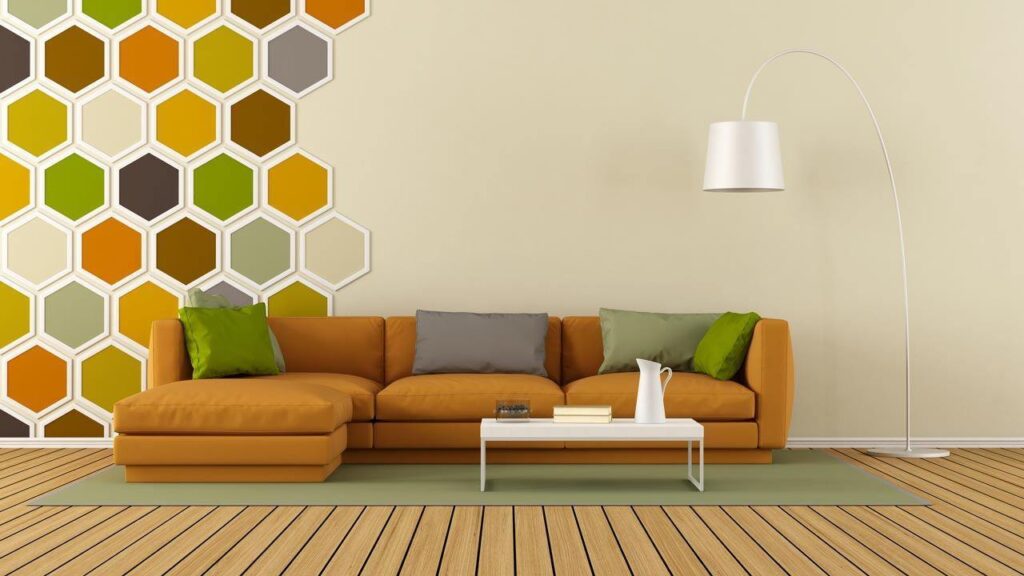
Patters always tell a story and add interest and give life to the interior design. This is created by making use of a certain design in a repeated manner in a way that it looks visually attractive as well as appealing. Patterns can be of any shape and also have a repetitive design but most of them are eye appealing. There are different types of patterns available, for example geometric, motif, strips, and much more of these computerized types are available depending upon the taste of the buyer.
There are certain important things which are needed to be kept in mind while implementing a pattern. Which are as following:
- Patters are best if you want to highlight a specific wall. This is the most easier yet effective means.
- One needs to ensure the colours suit the pattern well otherwise it may ruin the whole structure.
- The size and dimension of the room. This will let you know the type of pattern which is best suitable for your room, thus causing the area to look large or small accordingly.
Shop among the best Interior Design and Home Furnishing products here.



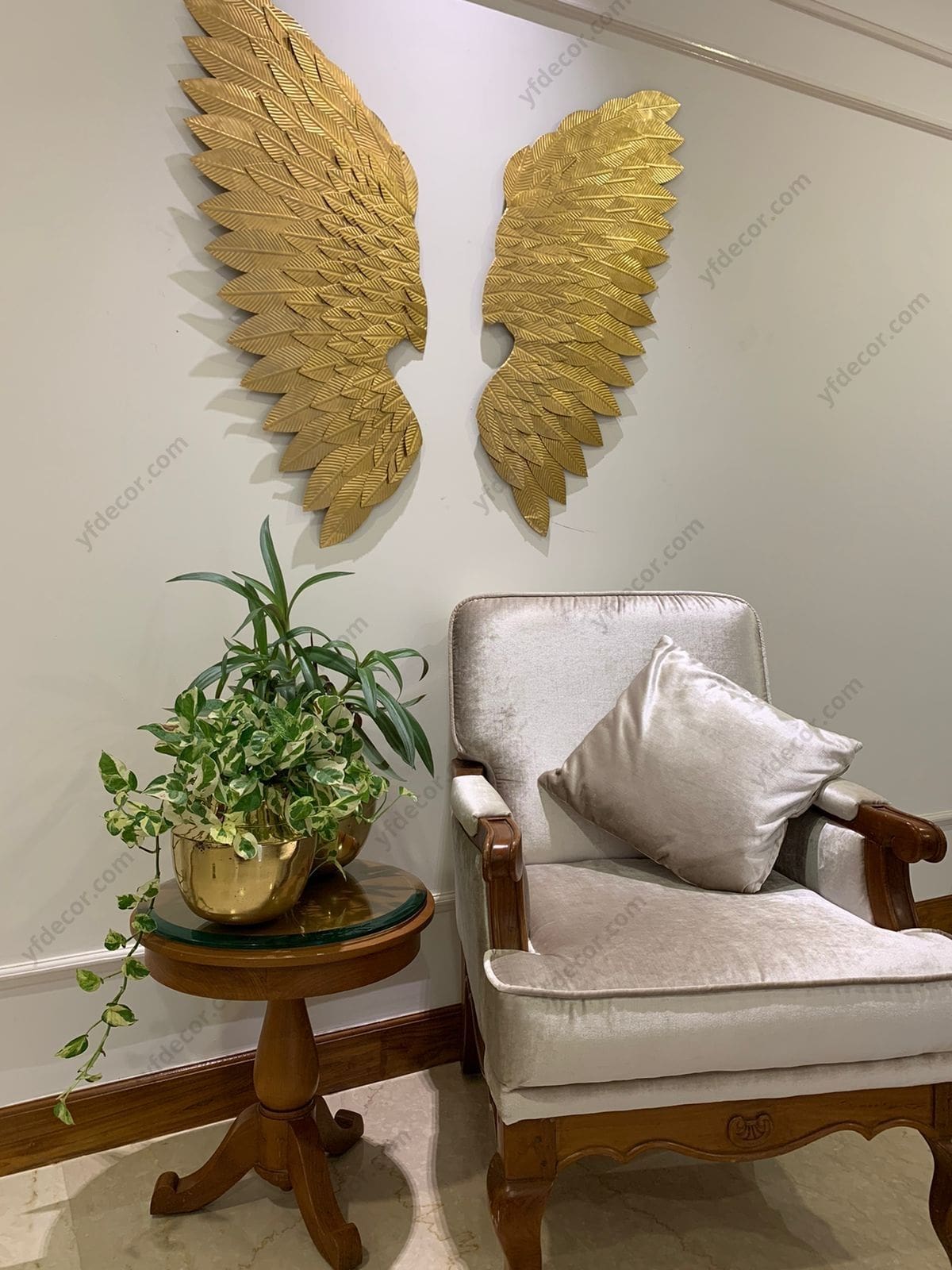
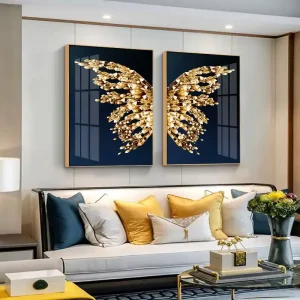
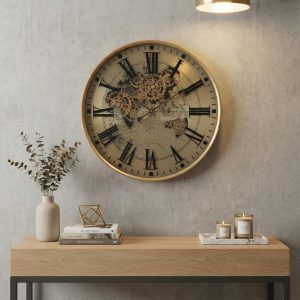
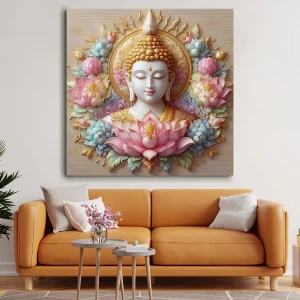
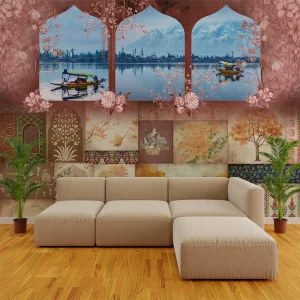
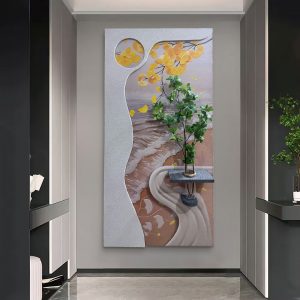
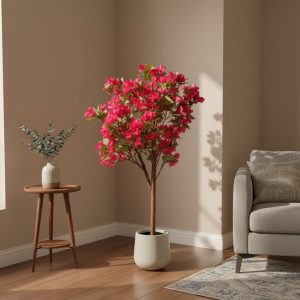
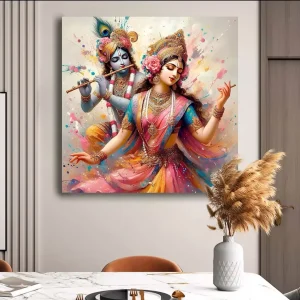
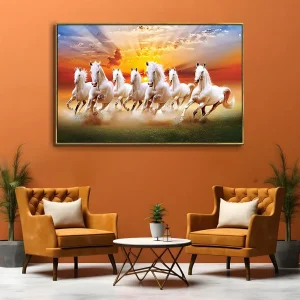

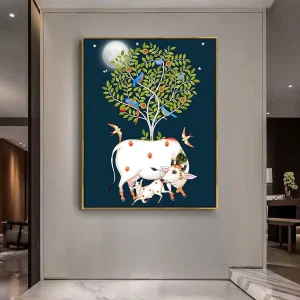
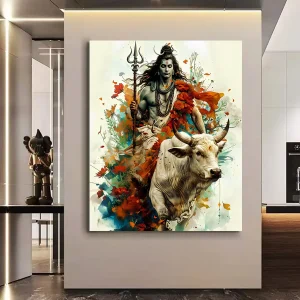

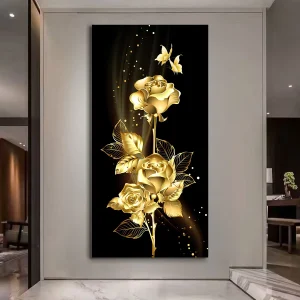
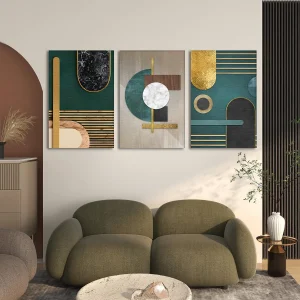
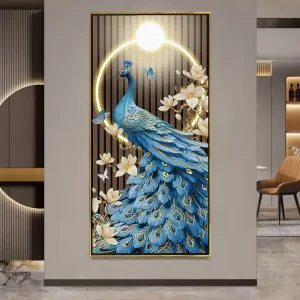
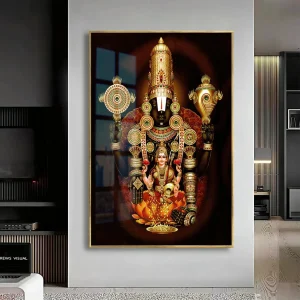

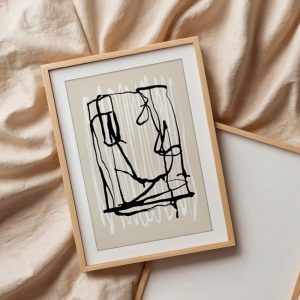
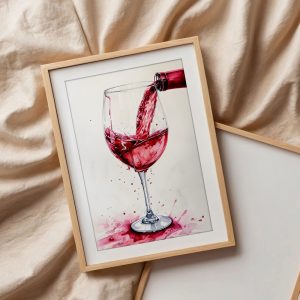
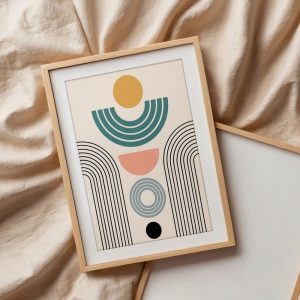
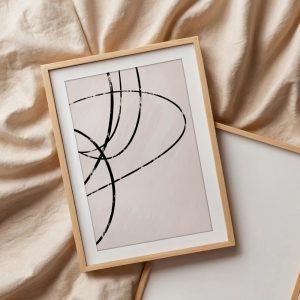
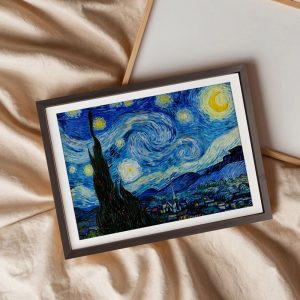
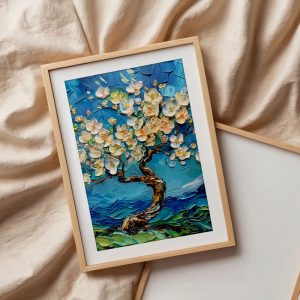
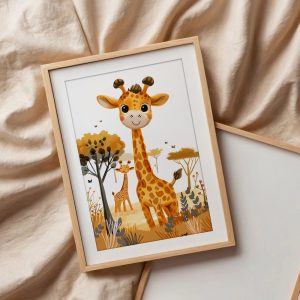
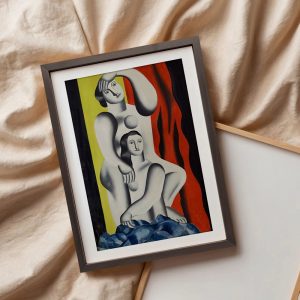

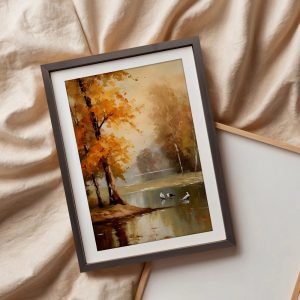

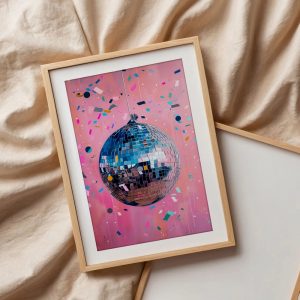
Best Selling Products
Shiva on Nandi Modern Painting
Enchanting Radha Krishna Painting
Glorious Shreenathji Pichwai Painting
Lotus Serenity Buddha Painting
Traditional Lotus Cow Pichwai Painting
Tree of Life with Cow Pichwai Painting
Gold & Blue Ginkgo Abstract Flower Painting
7 Running Horse Vastu Painting
Desert Storm Seven Running Horse Painting
Storms End 7 Horses Vastu Canvas Painting